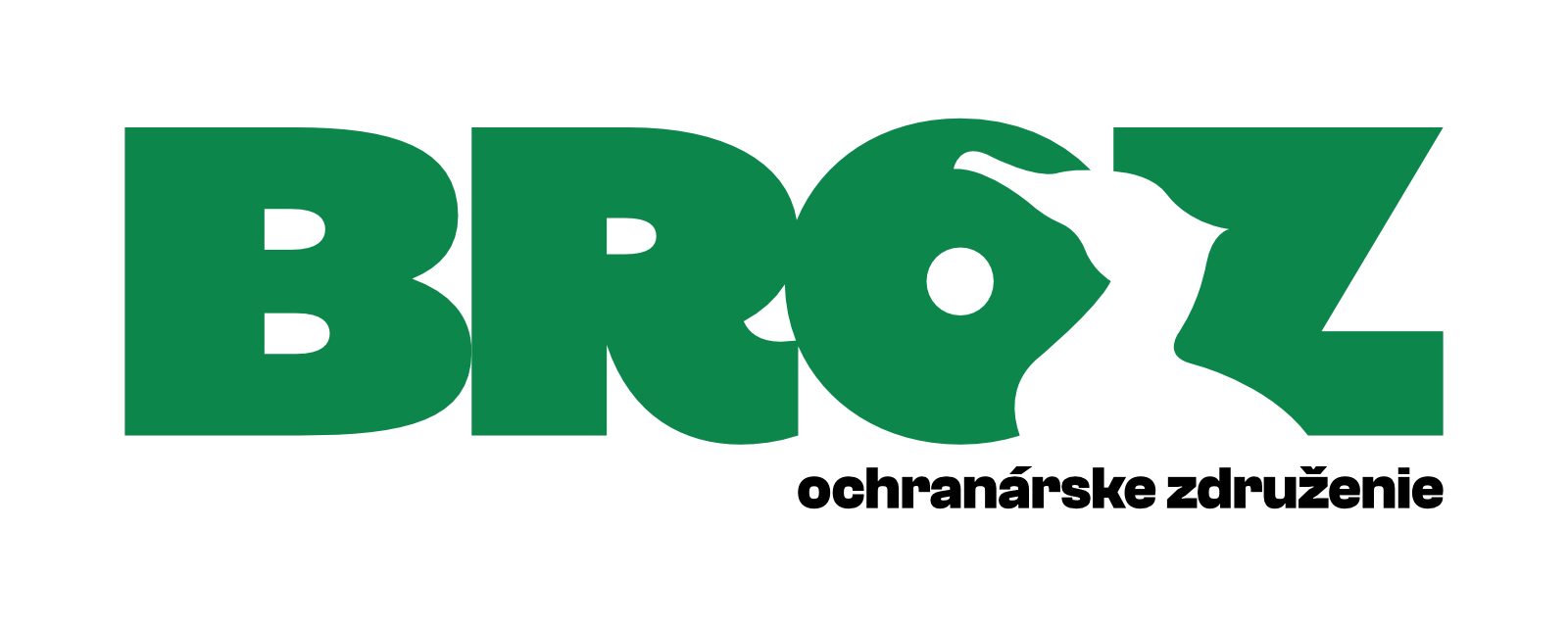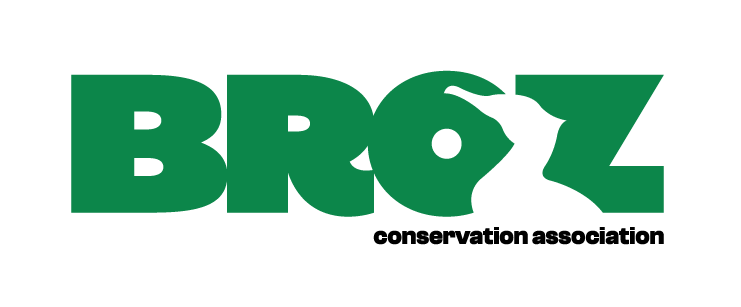In neighboring Austria, on the shores of lake Neusiedler, the work on restoration of Pannonian root vole habitat is also in progress. For almost 50 years the cattle grazing has been going on there, which is a very effective and nature-friendly way of vegetation management. However, according to scientific studies, grazing has a negative impact on the root vole population.
Our local partner, the Neusiedler See-Seewinkel National Park itself, has therefore decided to abandon grazing in the area of 250 ha and replace it by mowing with a newly purchased tractor. In the first phase, the tractor was used to place a fence around the mowed sites, in order to protect vegetation from cattle that could wander on these sites.
Mowing will take place on small areas, creating a mosaic of mowed and unmowed parts. This method is very important for the root vole population. It takes an average of 3 to 4 months for voles to recolonize mowed areas, so individuals can spend this period in the safety of uncut reeds and sedges.
One might wonder why bother with mowing at all. The reason is that if the vegetation is not grazed or mowed, it will begin to overgrow with shrubs or rapidly spreading invasive plants. With a lack of suitable vegetation, root vole loses its home.
We believe that with the help of sophisticated vegetation management, we will improve the living conditions of the Pannonian root vole local population.










